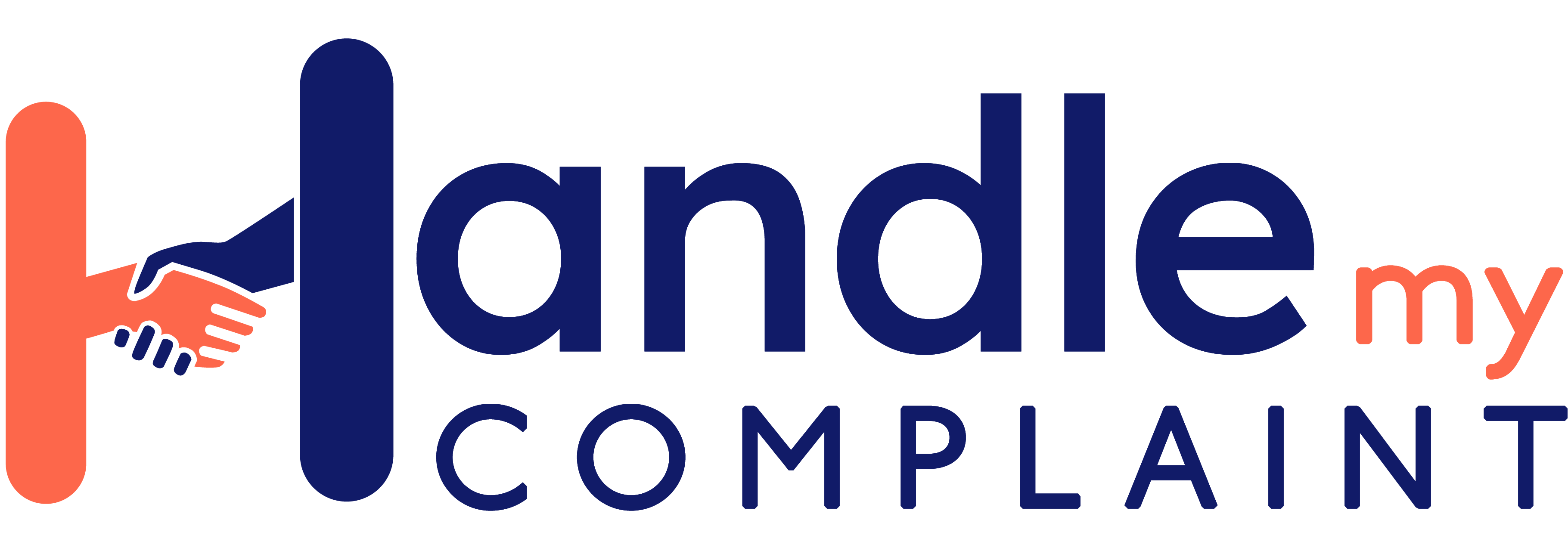
Drive a bargain: Should I buy or lease my next car?
Last updated on October 9th, 2023
Need a new car? Is the thought of paying such a large amount of money for a new set of wheels making you sweat? It might be worth considering a car lease rather than buying your next vehicle.
But leasing isn't for everyone. Before jumping into the driver’s seat, it’s important to ask some key questions to determine if leasing best fits you and your circumstances. Let's give a rundown to find out if leasing a car will work for you.
What is a car lease?
A lease is a legal agreement or formal contract between two parties. When it comes to cars, a lease is essentially an agreement where one party (the lessee) rents a vehicle from the owner (the lessor). The owners, or lessors, often include banks, financial institutions, car dealerships, or even employers.

Under this agreement, the lessee commits to making consistent payments in exchange for using the car over a defined period, typically spanning at least two years. Once this lease period concludes, the lessee has a few options: they can return the car to the lessor, opt to continue or extend their lease, buy the car at its current market value, or trade it in and initiate a new lease for a different vehicle.
The different types of lease
Novated lease
A novated lease is a unique arrangement that involves three main participants: the employee (the lessee), the employer, and the finance company, acting as the lessor. The employee initially leases the car from the finance company. Following this, they enter into a separate agreement, known as a novation, with their employer. This setup allows the employer to take on the responsibility of making direct lease payments to the finance company, typically deducting the amount – full or partial – from the employee's pre-tax salary through a salary sacrifice agreement. This method has become increasingly popular among businesses as a way to provide cars as part of their employment packages.
Finance lease
A finance lease is a more straightforward leasing approach. Here, the finance company buys the car on behalf of the lessee, either a business or an individual. After acquiring the car, the lessee is obligated to make regular lease payments in exchange for using the vehicle over a set period. As this lease term draws to a close, the lessee is usually presented with several options: they can choose to buy the car, return it to the finance company, or extend the lease for another term.
Operating lease
An operating lease can be likened to a standard car rental agreement. This lease permits a business or individual to use a car for a specified duration, all the while having no intention of owning the car at the end of the term. Payments for the lease are made on a monthly basis. Once the lease term is over, the procedure is simple — the car is returned to the lessor.
Can I package any car I like?
Leasing does, in theory, offer the flexibility to choose from a wide array of vehicles. However, there are practical limitations and considerations. Here's a breakdown:
Leasing company policies
Most leasing companies allow you to choose any car you like. However, sometimes the choice of vehicles can be limited by the policies of the leasing company or financial institution you're dealing with. For instance, if you leased a used car, some companies may not allow you to buy a car 10 years or older or that has 300,000kms on the odometer. Make sure to clarify this with the lessor.
Commercial limitations
Under most, if not all, novated lease agreements, you can’t pick a commercial vehicle such as utes that can carry over 1 tonne or vehicles designed for 9 or more people.
Residual value
Lease payments often factor in this residual value. Some cars depreciate faster than others. Cars that depreciate more quickly might not be as favourable in lease terms, whereas vehicles known to retain their value might offer better leasing rates.
Special requirements

If you have special requirements, such as modifications for a disability or specific vehicle accessories, it's crucial to check with the leasing company. Not all vehicles or modifications might be covered or allowed in standard lease agreements.
The benefits of leasing a car
Lower monthly payments
Monthly payments tend to be lower for leased vehicles. According to a study by Car and Driver, the average monthly payment for a leased car stands at $487, whereas a loan for a new vehicle averages about $548.
This difference arises because lease payments mainly cover the vehicle's depreciation. Essentially, you're paying for the value the car loses over time, which is highest during its initial years. In contrast, when you buy a car your monthly payments are determined by the total price of the vehicle.
Then there’s the interest. While interest is a component of both leases and car loans, the total interest paid during a lease might be less because the principal amount (based on the car's depreciation) is generally smaller than the principal in a car loan (based on the car's total purchase price). Lower principal amounts typically lead to lower overall interest costs, even if the interest rates seem comparable.
Another element affecting the monthly payment is the car's residual value, which is an estimate of the car's value at the end of the lease. Higher residual values often lead to more affordable monthly payments because the difference between its initial price and residual value (its depreciation) is smaller.
Lastly, some lease agreements might also include additional running costs, like fuel, regular maintenance, and insurance if you have a "full-service" or "maintenance-included" lease agreement. This makes it less expensive than owning a car where you'd have to bear all these expenses separately and often unexpectedly.
Potential tax advantages
There can be tax advantages if you opt for a novated lease, as you essentially use pre-tax dollars for payments. This means lease payments are made from your gross salary, prior to tax deductions. In simpler terms, it's like getting the car and only then paying tax on the remaining amount of your salary.
To illustrate, if you earn $1000 and have a tax rate of 20 percent, you'd pay $200 in tax ($1000 x 20 percent) and take home $800. From that $800 you can pay for a vehicle.
If you choose a novated lease, with $100 per pay period deducted for the car before tax is taken out, you would pay $180 in tax ($900 x 20 percent). So, your take-home amount is $720 and you have already covered your car payment.
While the difference is only small per pay period, it accumulates over time, saving a significant amount over the year and more if you are in a higher tax bracket or choose a more expensive car.
Fewer upfront costs
One significant advantage of car leasing is its lower initial costs. The down payment, frequently referred to as the "capital cost reduction" in leasing terminology, is often more negotiable with leases compared to traditional car loans.

Even though a substantial down payment could decrease your monthly lease obligations, many leases come with special deals where the down payment is significantly reduced or even entirely eliminated. Such promotional deals are rarer when buying a car.
Leasing often requires fewer upfront costs. Buying a car often comes with a myriad initial fees, such as registration and taxes based on the car's total value. Meanwhile, leasing often incorporates these fees, enabling the costs to be spread out.
Taxes for leases are also often calculated differently, taking the monthly payment into account rather than the total value of the car. This spreads the costs over time rather than concentrating them at the outset.
Fewer maintenance concerns
Another notable benefit is reduced maintenance concerns. Lease agreements usually span two to four years, a period in which the vehicle is still relatively new and less prone to major mechanical problems. Newer cars are less likely to experience the major mechanical issues that can plague older vehicles. This ensures a relatively trouble-free driving experience for the lessee.
Fully maintained lease agreements also include maintenance packages for routine services, such as oil changes, tire rotations, and other regular check-ups. Not only does this reduce the hassle for you, but it also ensures the car receives regular professional care, minimising unforeseen issues.
Regular car upgrades
Leasing allows the luxury of frequently upgrading to the latest car models. Lease terms are shorter than typical car ownership spans. At each term's end, you can choose a newer model. This process is streamlined compared to ownership where transitioning to a new model might involve selling the old car. This could be time-consuming and unpredictable in terms of financial return. With leasing, once the lease ends, you can return the old model. Then you can immediately start a new lease with the latest vehicle, ensuring you always drive a current model.
The drawbacks of leasing
Lack of ownership
One of the primary drawbacks of leasing is that you don't own the car at the end of the agreement. This is unless you are able to pay out the balloon payment. In contrast to buying, where each instalment contributes to your eventual ownership of the vehicle, payments made during a lease are similar to rent. This means you won't have the car as an asset. It limits your ability to use its value for purposes such as securing loans or trading in.
Long-term cost implications
In terms of long-term financial implications, while leasing might seem more economical upfront, it can be pricier over time. If you go through multiple lease cycles, you might find that the aggregate payments surpass what you would have spent on buying and retaining a car for many years.
Limited personalisation
Another drawback is the constraint on personalisation. Leasing requires you to return the car in its original state, apart from typical wear and tear. This means you can't make significant modifications during the lease term. Cosmetic changes or performance upgrades may result in potential penalties at the lease end.
Mileage restrictions

Lease agreements typically have a restriction on the mileage. They set an annual limit on the distance you can cover, and surpassing this can result in costly charges. This can be a significant constraint if you travel frequently or have longer daily commutes.
Early termination penalties
If unpredicted life events push you to terminate the lease earlier than planned, be prepared for the possibility of steep fines or penalties. Such costs can detract from the flexibility of leasing, especially if you're unsure about your long-term vehicular requirements. Moreover, if you ever feel the need to switch cars during the lease, it might come with additional expenses.
Balloon payments
Certain lease plans can have very low monthly payments. However, they might carry a large final "balloon" payment if you decide to buy the vehicle after the lease. Without proper financial planning, this sum could be unexpectedly burdensome.
Drive a bargain with confidence
Leasing a car has advantages, especially for those unable to afford an outright purchase but can manage consistent payments. Whether it's through a salaried job or your business, it's vital to research and understand the implications to ensure you get the best value in the long term.
As always, if you have a problem with a lessor, lodge a complaint with us and we’ll help you handle it.






